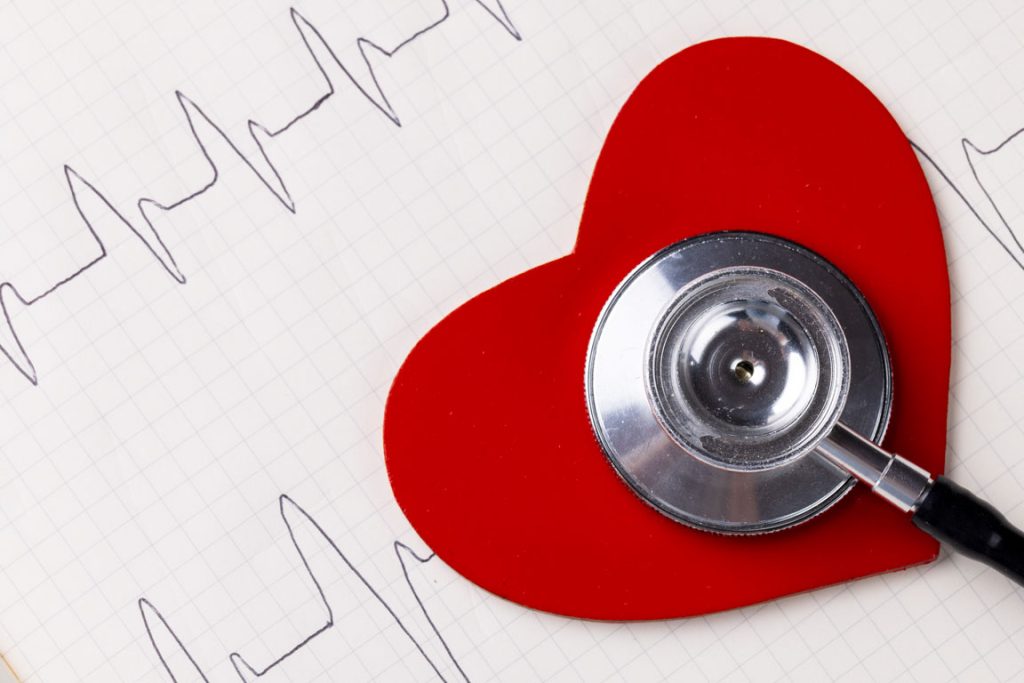Also known as American Heart Month, National Heart Health Month spreads awareness about a leading cause of death for Americans: heart disease. This post provides information on heart disease and helpful guidance on how to prevent it.
Related Post: Raising Awareness – Women’s Heart Week
What Is Heart Disease?
When people talk about heart disease, they’re usually talking about coronary heart disease (CHD). It’s also sometimes called coronary artery disease (CAD). This is the most common type of heart disease.
When someone has CHD, the coronary arteries (tubes) that take blood to the heart are narrow or blocked. This happens when cholesterol and fatty material, called plaque, build up inside the arteries.
Several things can lead to plaque building up inside your arteries, including:
- Too much cholesterol in the blood
- High blood pressure
- Smoking
- Too much sugar in the blood because of diabetes


Heart Attacks
Heart attacks are primarily caused by CAD. The three key risk factors for heart attacks are high blood pressure, high blood cholesterol, and smoking. Unfortunately, around 50% of Americans have at least one of these risk factors.
What Is a Heart Attack?
A heart attack happens when blood flow to the heart is suddenly blocked. Part of the heart may die if the person doesn’t get help quickly.
Some common signs and symptoms of a heart attack include:
- Pain or discomfort in the center or left side of the chest — or a feeling of pressure, squeezing, or fullness
- Pain or discomfort in the upper body — like the arms, back, shoulders, neck, jaw, or upper stomach (above the belly button)
- Shortness of breath or trouble breathing (while resting or being active)
- Feeling sick to your stomach or throwing up
- Stomach ache or feeling like you have heartburn
- Feeling dizzy, light-headed, or unusually tired
- Breaking out in a cold sweat
Mitigating Your Risk for Heart Disease
To help prevent heart disease, you can:
- Eat healthy
- Get active
- Stay at a healthy weight
- Quit smoking and stay away from secondhand smoke
- Control your cholesterol and blood pressure
- Drink alcohol only in moderation
- Manage stress

Get Active.
Getting regular physical activity can help prevent heart disease. Adults need at least 150 minutes of moderate-intensity aerobic activity each week. This includes anything that gets your heart beating faster — like walking, dancing, and biking.
If you’re just getting started, take it slow! Try fitting a quick walk into your day. Even 5 minutes has real health benefits — and you can build up to more activity over time.
